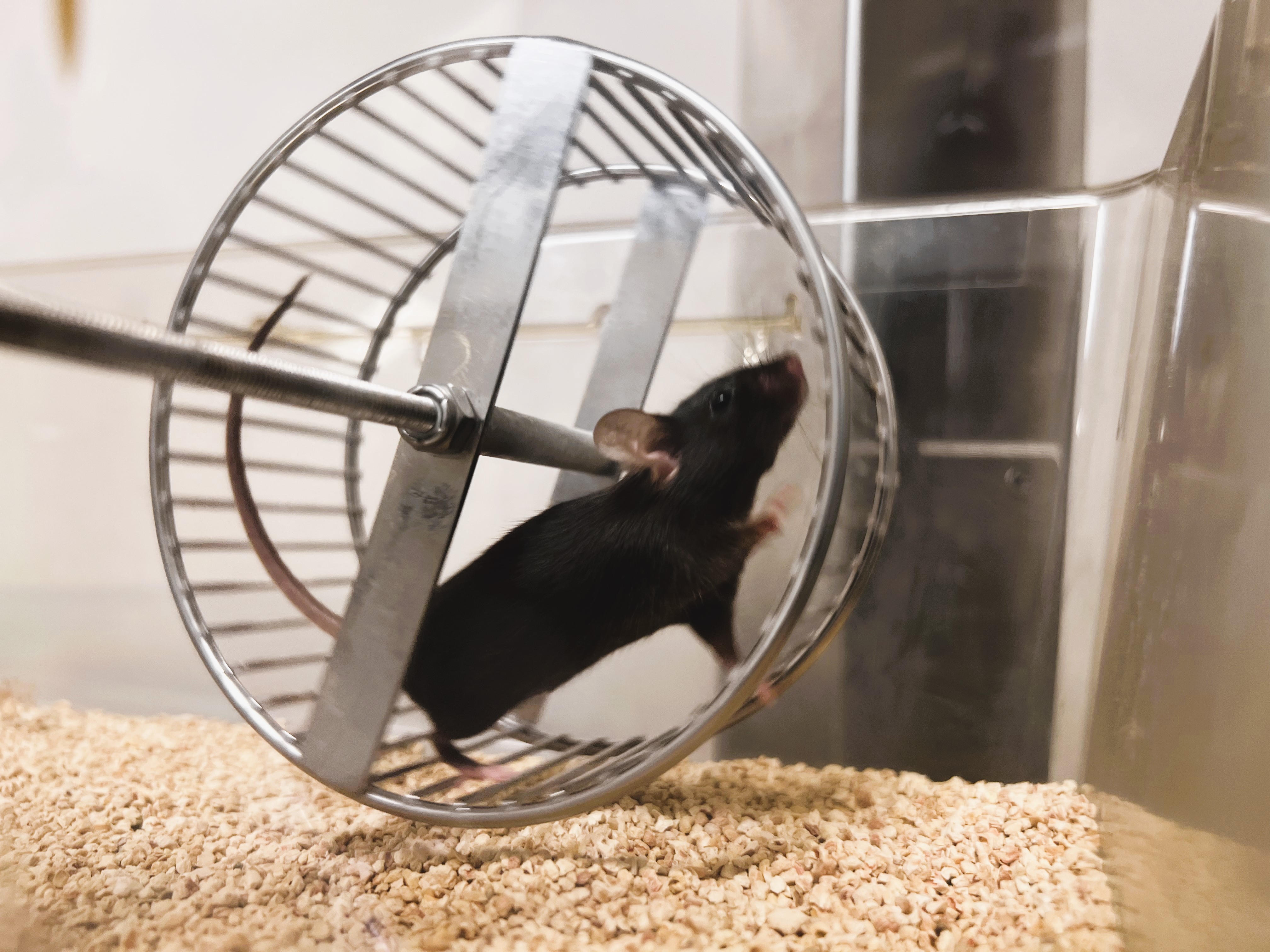Exercise is an extremely powerful lifestyle element that protects from a large range of diseases, including cardiometabolic diseases, cancer, and neurodegeneration. However, the modern human lifestyle is characterized by sedentary habits, and the majority of individuals worldwide do not sufficiently leverage the health benefits of exercise. In a study in mice, the HFSP awardee Christoph A Thaiss and the research team, have recently identified an unexpected mechanism that contributes to the motivation for exercise – one that originates in the gastrointestinal tract.

The researchers found that members of the gut microbiome and certain metabolites they produce – specifically fatty acid amides – regulate the activity of gut-innervating sensory neurons. These neurons, in turn, are critical messengers between the body and the brain. During exercise, enhanced activity of sensory neurons increases the levels of dopamine in the striatum. Since dopamine is the main neurotransmitter that mediates feelings of reward, pleasure, and motivation, this finding means that higher sensory neuron activity during exercise results in a more enjoyable experience of physical activity. As a result, higher dopamine levels reinforce the motivation for exercise. Thus, exercise-induced dopamine release in the striatum is not strictly brain-autonomous, but is regulated by input from the gastrointestinal tract.
“HFSP funding was critical to build the tools that enabled us to delineate the gut-brain pathway linking the activity of the intestinal microbiome to neural dynamics in the brain during exercise. Our studies were entirely done in animal models, so it is an open question whether the same pathway is active in humans and can be leveraged to enhance an individual’s motivation for physical activity” acknowledged Christoph A Thaiss. The research team found that the members of the microbiome and their molecules to drive exercise performance in mice are present in the human gut as well. It is therefore possible that some of the inter-individual variability in exercise motivation in humans might be driven by the gastrointestinal tract.


































